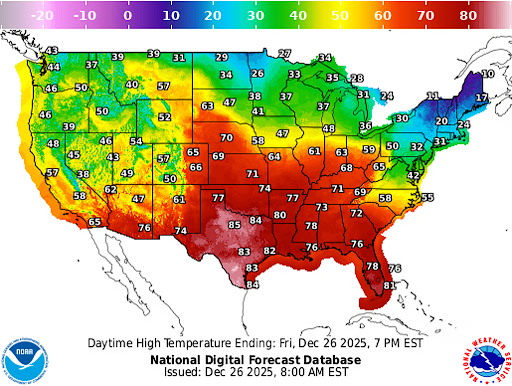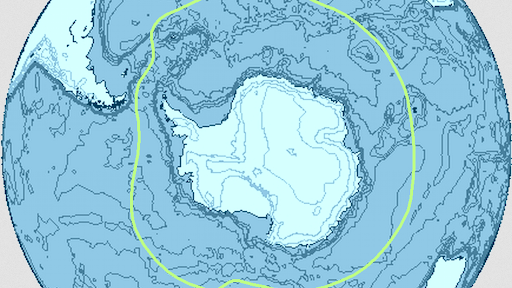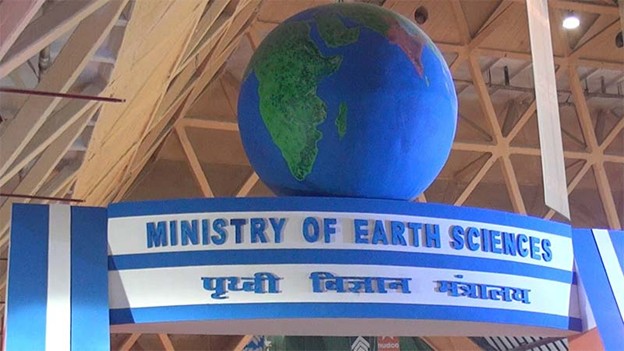



A bow echo is essentially a line of storms, also called a squall line, on the radar that looks like a bow.

Copyright infringement not intended
PC: Fox Weather
New Delhi recently had a strong thunderstorm with gusts gusting to 100 kmph, resulting in a bow echo, a crescent-shaped pattern seen on weather radar.
A bow echo is a storm pattern on radar that resembles a curved bow, much like an archer's bow.
Copyright infringement not intended
PC: NOAA
|
Storm Type |
Forms inside a Mesoscale Convective System (MCS) — a large group of organized thunderstorms. |
|
Origin of Term |
Coined by Ted Fujita, who also developed the Fujita Scale for tornado classification. |
|
Formation Process |
1. Heavy rain causes cool air to sink and spread at ground level (gust front). |
|
2. Gust front pushes warm, moist air upward, forming new storms. |
|
|
3. Rear inflow jet (strong mid-level winds) pushes the system forward, creating a bow-shaped structure. |
|
|
4. Bookend vortices may form at both ends; the northern end can sometimes produce tornadoes. |
Source: Indian Express
|
Practice Question: Q. During a thunderstorm, the thunder in the skies is produced by:
Select the correct answer using the codes given below: Options: Correct Answer: (d) None of the above produces the thunderExplanation:Thunder is produced by the rapid expansion of air surrounding the intense heat of a lightning bolt. None of the options listed correctly describe the actual cause of thunder.
|






© 2026 iasgyan. All right reserved